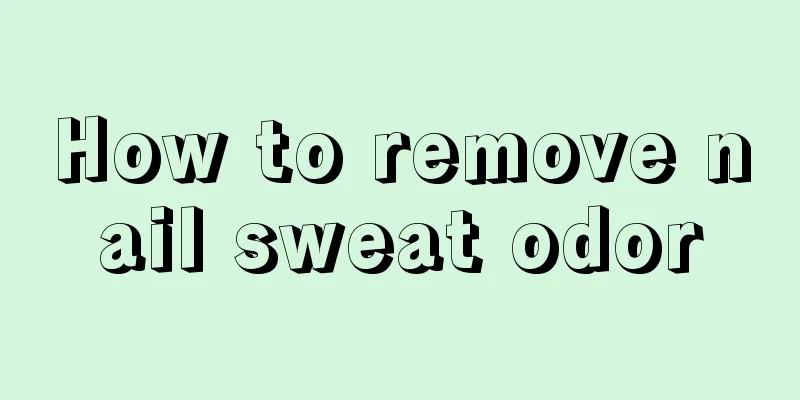What to do about retinal arteriosclerosis? Common treatments include these

|
Retinal arteriosclerosis is a common disease among the elderly. In daily life, we should pay attention to supplementing vitamins, reduce eye use, and prevent retinal arteriosclerosis. One of the most common symptoms is poor vision. The elderly should eat more vegetarian food and less greasy food. 1. Precautions for retinal arteriosclerosis Go to an ophthalmologist every six months or a year to check your vision and fundus. If you find that a large number of black floating objects in the form of flocs, flakes, or strips suddenly appear in front of your eyes, you should go to an ophthalmologist for treatment immediately. Secondly, if you find fixed dark areas or black shadows blocking your field of vision, you should see an ophthalmologist promptly. 2. Treatment of retinal arteriosclerosis (1) Retinal vascular sclerosis needs to be treated fundamentally by improving the liver, spleen and kidney functions, unblocking blood flow to the eyes, accelerating ocular microcirculation, and using conservative Chinese medicine treatments to control recovery in the short term. Simple physiological arteriosclerosis of the elderly, and the other situation is retinal arteriosclerosis occurring on the basis of systemic disease. The former is more common among people over 50 years old. Maintaining good living habits will generally not cause damage to eyesight. The severity and rapidity of the latter's fundus lesions are related to the extent and progression of systemic lesions. When the fundus lesions caused by these systemic diseases develop to a certain extent, they will cause damage to visual function, and active treatment measures need to be taken in a timely manner. (2) People with three high diseases are at high risk Diabetic patients, those with retinal arteriosclerosis, and high-risk groups have some complications themselves, so in daily life, they should quit smoking and drinking, maintain a good living condition, eat a light diet, and exercise more. 3. Dietary adjustment delays retinal arteriosclerosis (1) Hawthorn soup: Hawthorn has the effects of promoting blood circulation and removing blood stasis, dilating coronary arteries, lowering blood pressure and blood lipids, and preventing atherosclerosis. Take five to ten grams a day, decoct it into a soup and take it in divided doses or drink it as tea. Take one dose per day, and one course of treatment is twenty days. (2) Vinegar peanuts: Peanuts have the effects of lowering blood pressure, stopping bleeding, lowering cholesterol, and preventing arteriosclerosis. Soak raw peanuts with red skin in vinegar. Add an appropriate amount of brown sugar to the vinegar. Soak for a week and then you can eat them. Eat ten peanuts each morning and evening. A course of treatment is thirty days. (3) Garlic: Garlic has antibacterial effects and is also effective for treating hypertension and atherosclerosis. Eat one large clove raw per day. |
<<: How should retinal blood vessel blockage be treated?
>>: What causes blood in cough sputum? The triggering factors are these five
Recommend
What is the weaning massage technique?
If a postpartum woman wants to wean, she must not...
Nasal wash with saline solution
Rhinitis is a very common disease in our lives, a...
How to improve the weight loss and fatigue of liver cancer patients? You can use these methods
If the patient's condition cannot be actively...
Analysis of the most important advanced symptoms of colon cancer
There are many types of intestinal cancer, and co...
Should I see a Chinese doctor or a Western doctor for back pain
Everyone should maintain a good sitting posture i...
How to install fixed dentures
Many people have experienced tooth decay in our l...
Is viral herpes contagious? What are the routes of transmission
There are many types of herpes, and viral herpes ...
The symptoms of endometrial cancer are mainly manifested as
The symptoms of endometrial cancer mainly include...
Air conditioning principles and maintenance
In contemporary China, almost every household has...
What is the reason for straight lines on nails
Normal people's nails look very smooth and ha...
Reasons for napping
Many people agree with the saying that people fee...
What is the function of Qixue Capsule
As the name suggests, the main effect of Qi and B...
How to deal with a sprained leg caused by missing a step on stairs
Most houses nowadays have stairs. People have to ...
What to do if you get diarrhea after drinking cold water
Diarrhea is one of the most common diseases in li...
What are the benefits of fire therapy
Fire therapy is a common method of treating disea...









